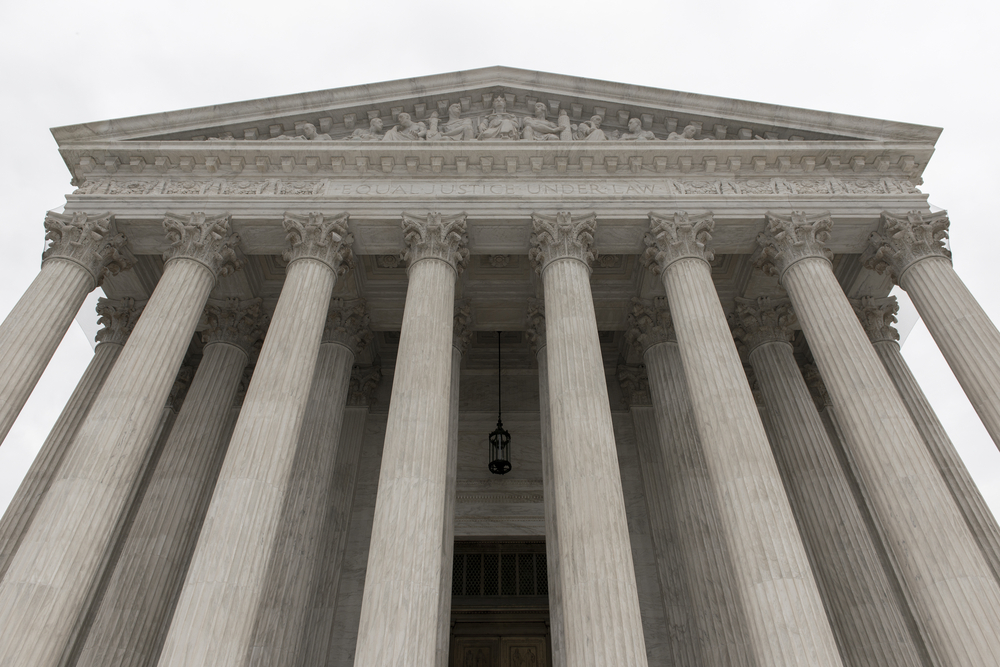All eyes are on the Supreme Court looking for the case that’s garnered the most attention, but there may be a few more that you need to watch out for. Here’s your HelloFlo breakdown to the big 2016 Supreme Court cases.
1. Fisher v. University of Texas at Austin
Student Abigail Fisher brought the case to lower courts in 2008, stating that the public university’s race-conscious admissions policy was inconsistent with previous rulings that said race played a very limited role in admissions. Fisher’s tense relationship with the university was born after the school did not admit Fisher — originally Fisher did not meet the criteria for automatic admission to the university (graduating in the top 10% of her high school class) but still had a chance to get in. She took the case to the Supreme Court, which ruled in 2013 that its decision to use race as an admissions criteria was a matter of “good faith.”
Fast forward to 2015, when she reargued the case in the Supreme Court. Her case states that the process used by schools like UT Austin admits students with far weaker academic records and hurts students like her. So far, it’s opened up a lot of conversation over how this may set the U.S. back in terms of discriminatory policy.
2. Whole Women’s Health v. Cole
Nearly 40 years of contention over abortion and its legality may come to a head with this case. The question at hand will be — how much can the government intervene in whether a woman can have an abortion?
Abortion’s rights activists say that a Texas law could result in the closure of the majority of abortion clinics in the state. The law in question requires that clinics have equipment similar to those of surgical operating centers in the state, or for the doctors to have admitting privileges at local hospitals. This could present a problem for clinics located in rural areas, or for clinics that administer more than just surgical procedures. Texas says that this is to make it safer for women, and independent investigators are checking to see if that claim has any merit.
Aside from that, if the majority of clinics close, will the rest be able to handle the demand for abortion and women’s health services in the state? This ‘undue burden,’ as lawmakers are calling it, will be the biggest decision since 1973’s Roe v. Wade.
3. Zubik v. Burwell
Birth control wars rear their head again with this case, when the Court combined seven cases regarding the obligation of private corporations to pay for employees’ birth control under Obamacare. Some religiously affiliated companies take issue with the health insurance’s mandate on providing contraceptives for employees, and the issue is only escalating.
Some religions believe that birth control is a form of killing unborn children, and as a result, find that paying for contraceptives approved by the Food and Drug Administration could prove problematic for members of the faith. Recently, some have said that the government is curtailing religious liberty, contrary to its constitutional promise to uphold so.
Given the Hobby Lobby decision in 2013, and other previous challenges to Obamacare, there’s no knowing where the Court will swing on this one. The Court is set to start making decisions beginning this week, and continuing on through the end of June.
Cover image courtesy of Shutterstock.




comments